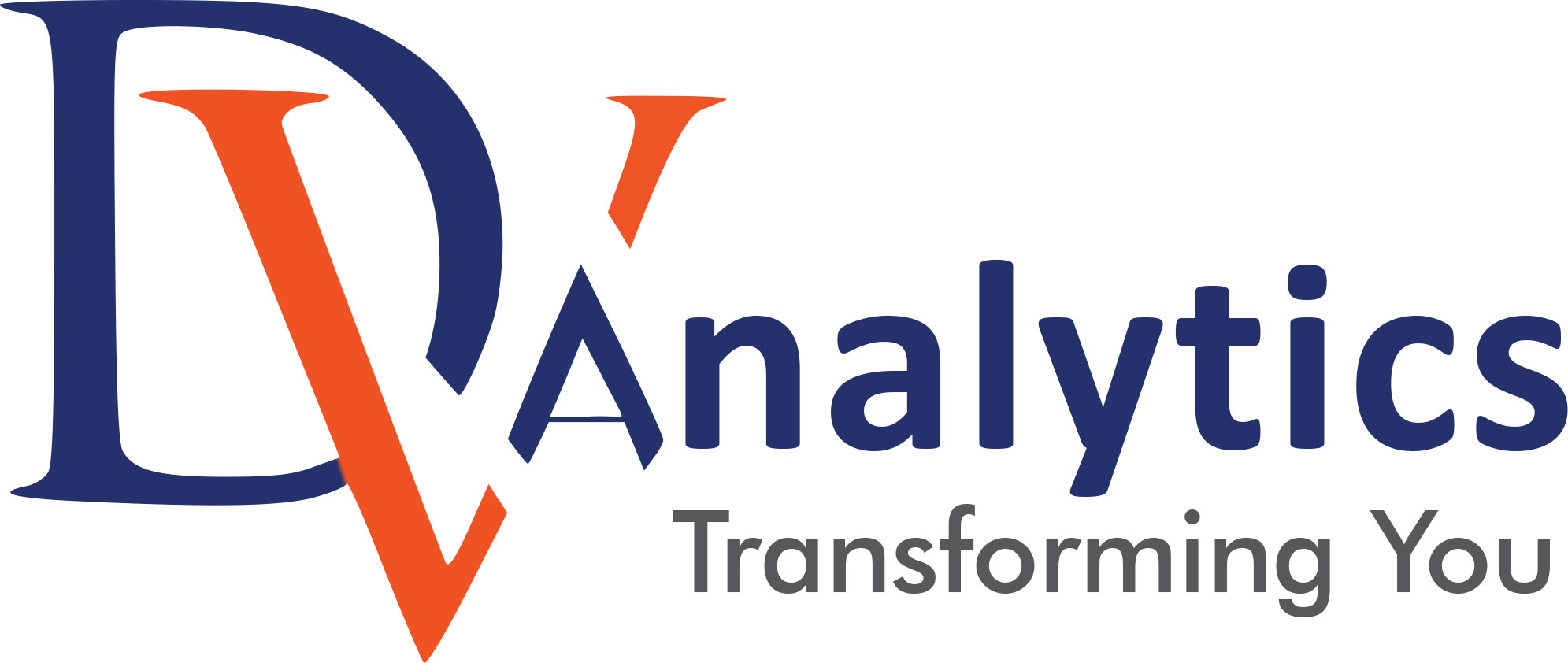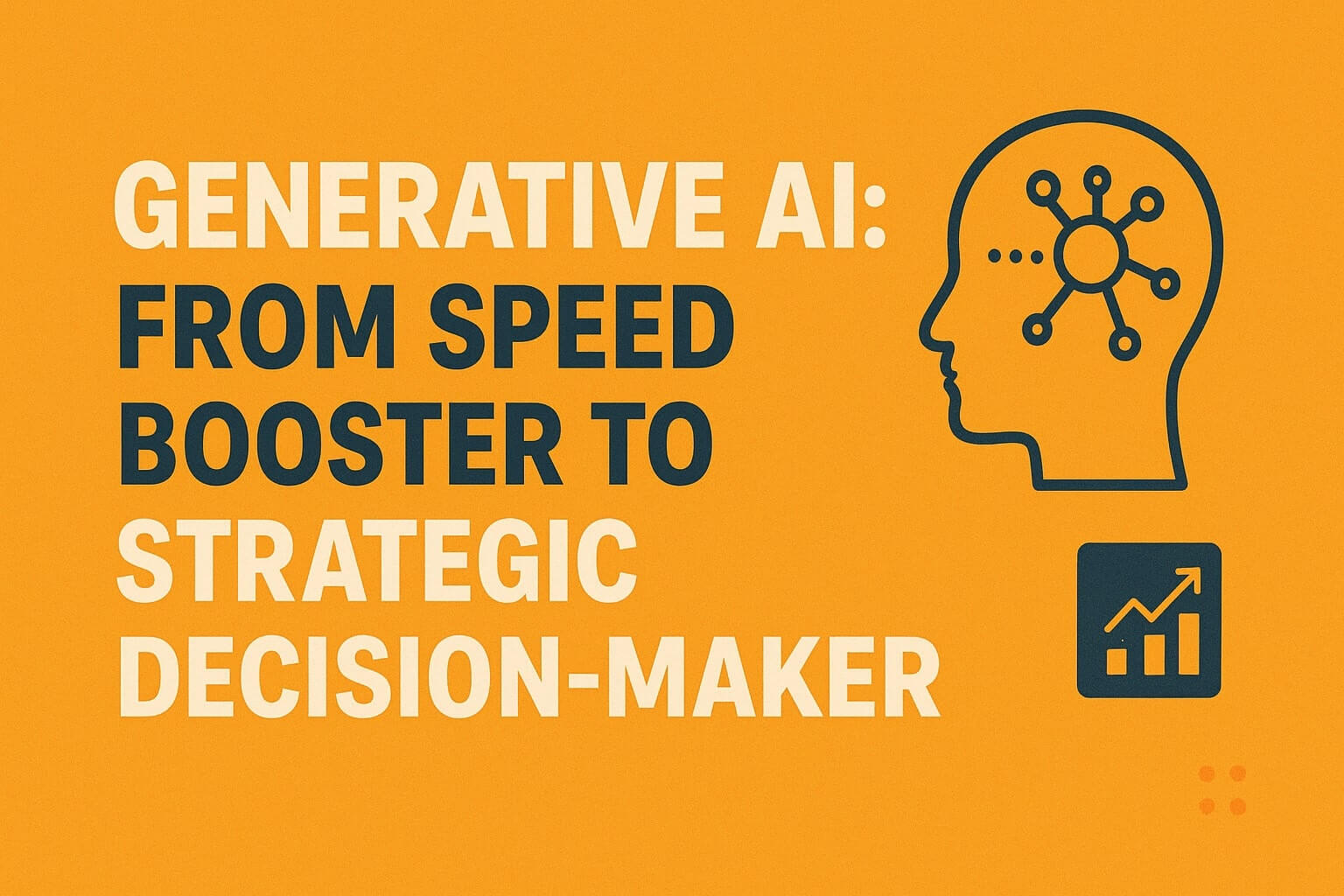Just a couple of years back, if you brought up “Generative AI,” most folks would picture a few specific scenarios: asking ChatGPT to whip up a poem, creating a quirky image of a cat floating in space, or maybe a developer using something like GitHub Copilot to speed up their coding.
During this initial phase, we viewed Generative AI as a fantastic assistant—a real speed booster. It was a tool designed to help us get our tasks done more efficiently.
But that was just the opening act.
The true revolution is unfolding right now, not just on our laptops, but also in the boardrooms of the world’s largest companies. Generative AI is gradually transforming from a helpful assistant into a formidable strategic ally. It’s stepping beyond mere task automation and is now integral to complex, high-stakes business decisions, such as market analysis, corporate mergers, and risk management.
This blog dives into this remarkable evolution, breaks down the technology that makes it all possible, and highlights what it means for your career moving forward.
Phase 1: The Ultimate Assistant (The “Speed Booster” Era)
The first wave of Generative AI was all about speed. The main advantage was straightforward: it helped us accomplish tasks more quickly.
For Coders and Developers: AI became the ultimate coding partner. It could instantly generate boilerplate code, suggest bug fixes, and even clarify tricky programming concepts. What used to take hours of searching and typing could now be wrapped up in just minutes.
For Marketers and Writers: It was like having a brainstorming buddy available around the clock. Generative AI could draft blog posts, churn out variations of ad copy, and create social media content, allowing creative professionals to focus on strategy and fine-tuning.
For Everyone: It became a whiz at summarizing. Lengthy, dense research papers, hour-long meeting transcripts, or complicated email threads could be distilled into key bullet points in a matter of seconds.
In this phase, the AI was handling tasks that humans were already capable of. It was super helpful and saved a lot of time, but it wasn’t making any strategic decisions. Think of it as an efficiency tool rather than a thinking partner. Why? Because it had a key limitation.
The Game Changer: A Quick Intro to RAG (Retrieval-Augmented Generation)
Standard Generative AI models, like the earlier versions of ChatGPT, faced a particular challenge: they were trained on a vast but static snapshot of the internet. They didn’t have access to your company’s private data, the latest market reports, or any events that occurred after their training wrapped up. This sometimes caused them to “hallucinate,” or in simpler terms, make things up. You couldn’t rely on them for critical, data-sensitive business inquiries.
That’s where a revolutionary technique called Retrieval-Augmented Generation (RAG) comes into play.
To grasp RAG easily, think of it like an‘Open-Book Exam’:
A standard AI is like a student taking a closed-book exam. They have to answer questions based solely on what they’ve memorized. They might be quite intelligent, but they can forget details, mix up facts, or get things wrong if the question is too specific.
An AI equipped with RAG is like that same student taking an open-book exam. Before tackling a question, they can refer to a specific set of trusted textbooks.
In the real world, these “textbooks” represent a company’s own private, up-to-date data—like their internal financial reports, sales figures, customer feedback, legal contracts, and proprietary market research.
RAG provides the AI with a secure and reliable knowledge base to “look up” information before generating an answer. This enables it to deliver responses that are not only smart but also accurate, verifiable, and rooted in the company’s unique reality.
Phase 2: The Strategic Decision-Maker
With the help of RAG, Generative AI has taken a leap into the realm of high-level strategy. It’s not just about summarizing what’s out there on the web anymore; it’s diving deep into sensitive data to steer crucial business decisions.
Deep-Dive Market Analysis
Before RAG: If you asked an AI, “What are the key trends in the Indian fintech market?” you’d get a pretty generic overview based on outdated news articles.
With RAG: Now, a financial services company can input all its internal sales data, confidential competitor analysis, customer complaints, and the latest premium market research it has acquired into its RAG-enabled AI. This allows a manager to pose a much more insightful question: “Considering our Q3 customer acquisition data and the recent RBI policy changes, which Tier-2 cities hold the most promise for our new micro-loan product?” The AI can now blend private and public data to deliver a specific, actionable strategic recommendation.
Smarter Mergers & Acquisitions (M&A)
The M&A process includes a vital step known as “due diligence,” where lawyers and analysts spend weeks, sometimes even months, poring over thousands of pages of a target company’s contracts and financial documents to identify potential risks.
Before RAG: This was a labour-intensive, time-consuming, and often exhausting task.
With RAG: An investment firm can upload all of a target company’s documents into its secure AI system. An analyst can then ask detailed, specific questions like: “Can you summarize all the liability clauses over ₹1 crore from these 500 contracts?” or “Are there any unresolved legal disputes mentioned in these annual reports?” The AI can quickly scan, comprehend, and extract this information in just minutes, turning what used to take months into a matter of days and significantly lowering the chances of human error.
Proactive Risk Management
In industries like banking and healthcare, companies face the daunting task of navigating through thousands of pages of intricate regulations.
Before RAG: A compliance officer had to painstakingly sift through every new government guideline to grasp its implications.
With RAG: Now, a bank can input the latest regulatory updates into its AI system. A manager can simply ask, “Given the new data privacy guidelines, what are our top three operational risks, and which departments will feel the impact the most?” The AI can quickly cross-reference these new rules with the bank’s internal process documents, delivering a clear and prioritized list of risks in an instant.
Conclusion: Your Role in the New Era of AI
The shift from being just a speed enhancer to becoming a strategic decision-maker is the most significant change in AI today. However, it’s essential to recognize that AI isn’t here to replace strategists, analysts, or managers; it’s here to enhance their capabilities.
The future is bright for those who can harness these powerful tools. The key skill has evolved from merely finding information to knowing how to ask the right questions, interpret AI-generated insights, and make informed human decisions.
So, how can you become one of these in-demand professionals? How do you acquire the skills to not only use AI but to apply it strategically to tackle real-world business challenges?
That’s where DV Analytics steps in
We’re committed to equipping you for the future of work. Our curriculum goes beyond the basics of AI models, focusing on how to apply them strategically. We emphasize practical, industry-relevant training that covers concepts and applications—like RAG—that are currently reshaping businesses. We prepare you to be the “human-in-the-loop” expert that companies are actively seeking.
The future of business decision-making is here, and it’s driven by AI. Don’t get left behind. Embark on your journey with DV Analytics and establish yourself as a leader in the era of strategic AI. Connect with us today!
Find the best data science institute in Bangalore for your future.
 SINCE 2010
SINCE 2010 